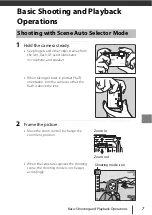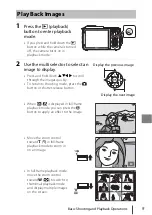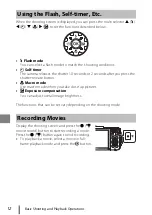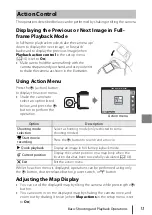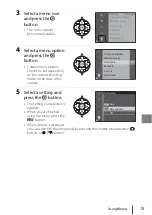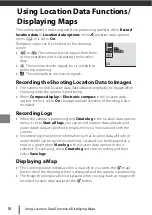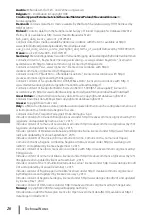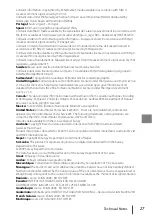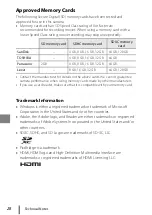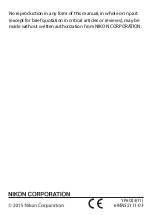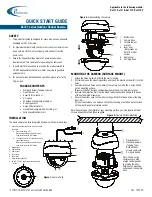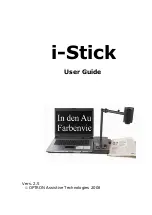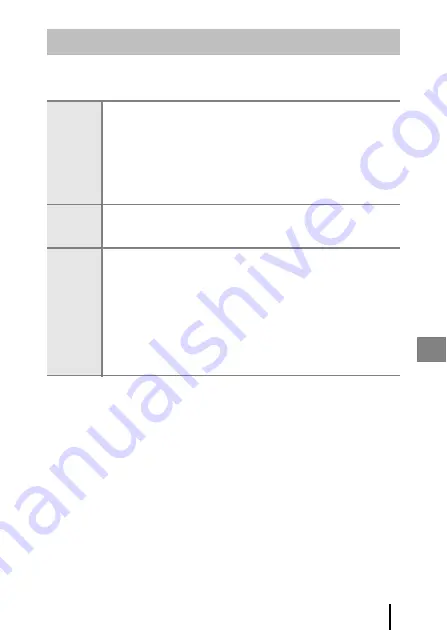
21
Technical Notes
Cleaning
Do not use alcohol, thinner, or other volatile chemicals.
Storage
Remove the battery if the camera will not be used for an extended period. To
prevent mold or mildew, take the camera out of storage at least once a month.
Turn the camera on and release the shutter a few times before putting the
camera away again. Do not store the camera in any of the following locations:
•
Places that are poorly ventilated or subject to humidity of over 60%
•
Exposed to temperatures above 50°C (122°F) or below –10°C (14°F)
•
Next to equipment that produces strong electromagnetic fields, such as
televisions or radios
For storing the battery, follow the precautions in “The Battery” (
Cleaning and Storage
Lens
Avoid touching glass parts with your fingers. Remove dust or lint with
a blower (typically a small device with a rubber bulb attached to one
end that is pumped to produce a stream of air out the other end). To
remove fingerprints or other stains that cannot be removed with a
blower, wipe the lens with a soft cloth, using a spiral motion that
starts at the center of the lens and working toward the edges. If this
fails, clean the lens using a cloth lightly dampened with commercial
lens cleaner.
Monitor
Remove dust or lint with a blower. To remove fingerprints and other
stains, clean the monitor with a soft, dry cloth, being careful not to
apply pressure.
Body
•
Use a blower to remove dust, dirt, or sand, then wipe gently with a
soft, dry cloth.
•
Do not puncture the microphone or speaker openings with a
sharp implement. If the inside of the camera is damaged, the
waterproof performance will deteriorate.
•
See “Notes About Waterproof and Dustproof Performances” (
and “Cleaning after Using the Camera Underwater” (
xiii) for
more information.
Note that foreign matter inside the camera could cause damage
not covered by the warranty.

